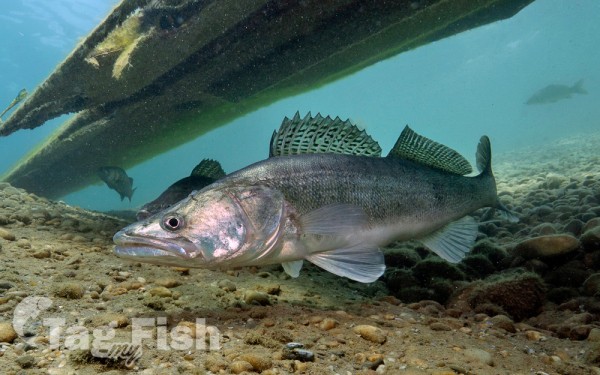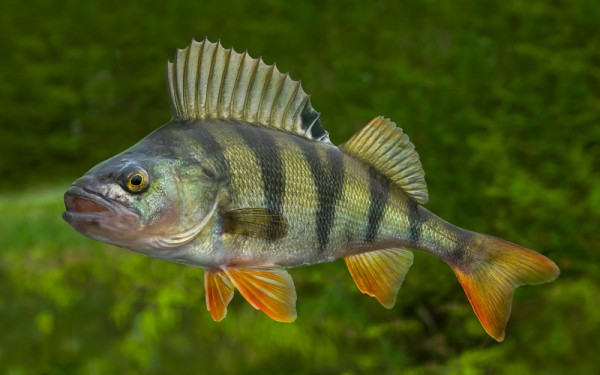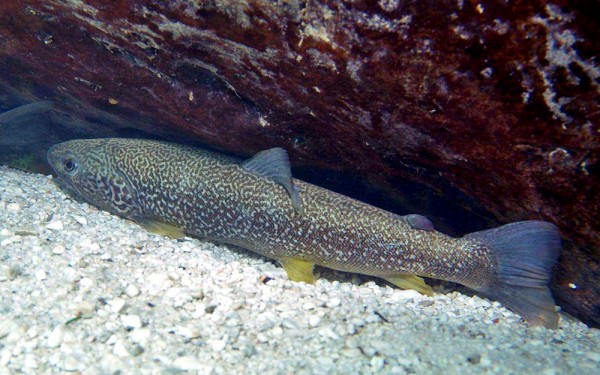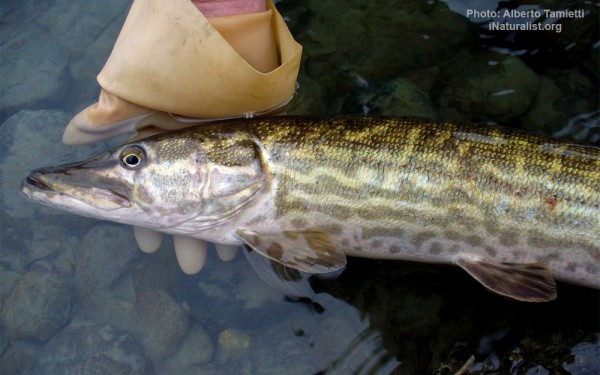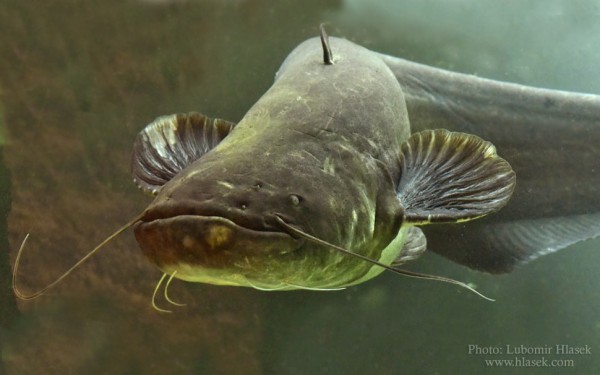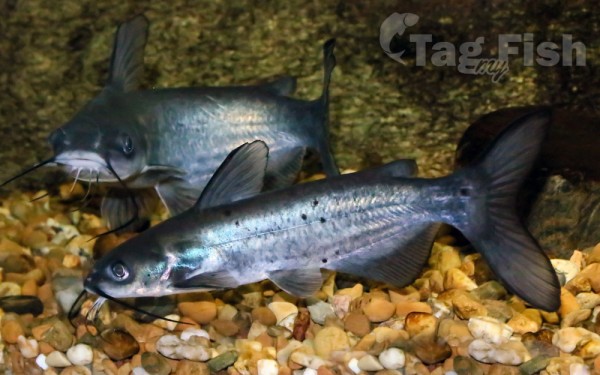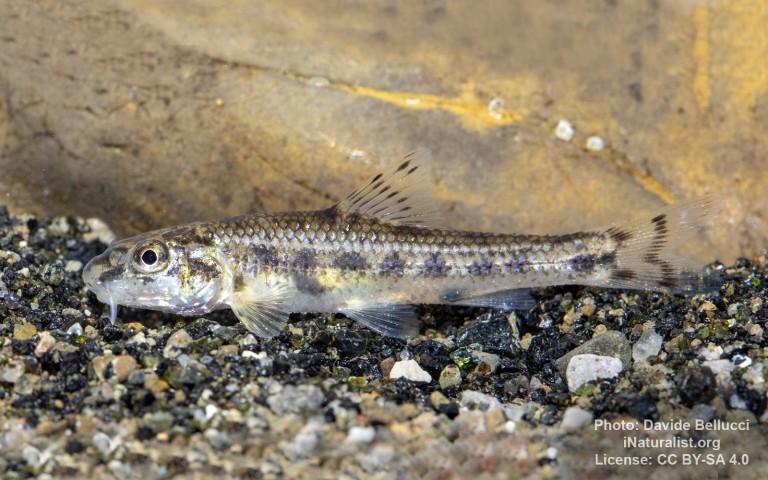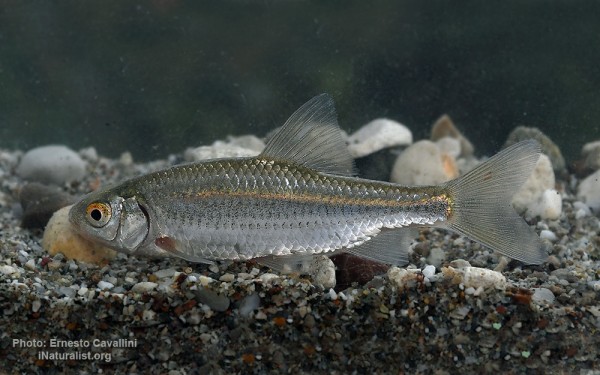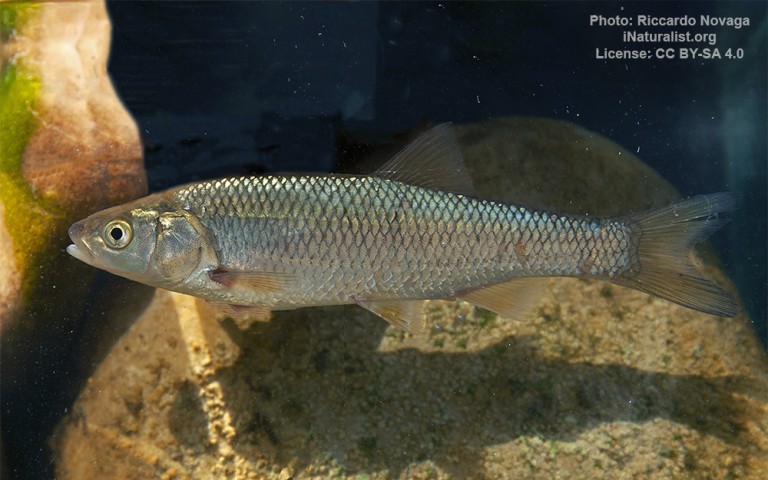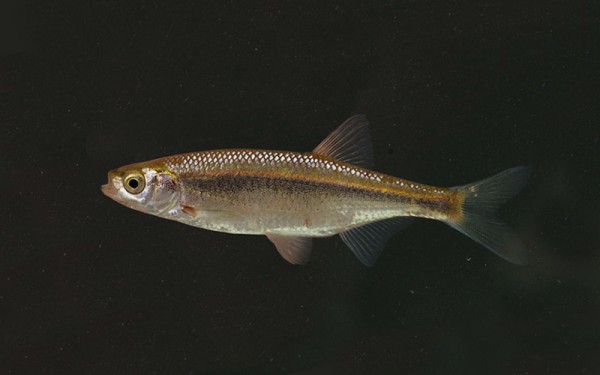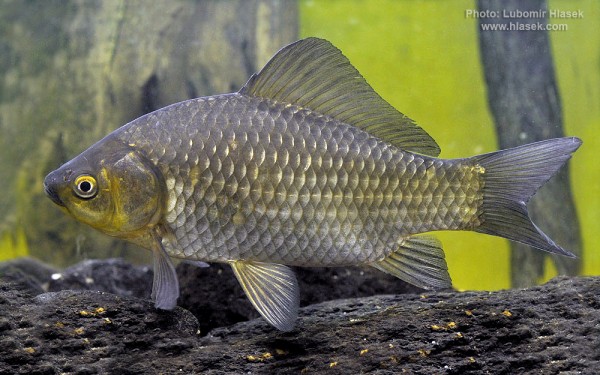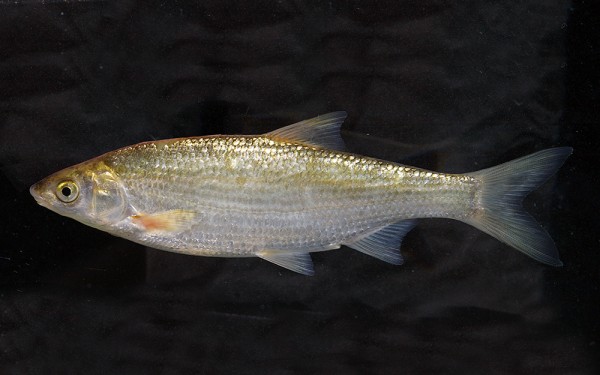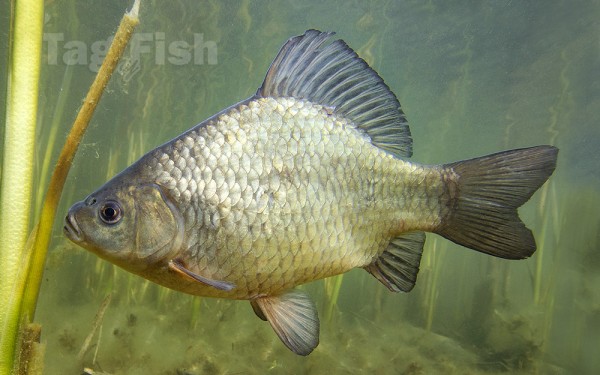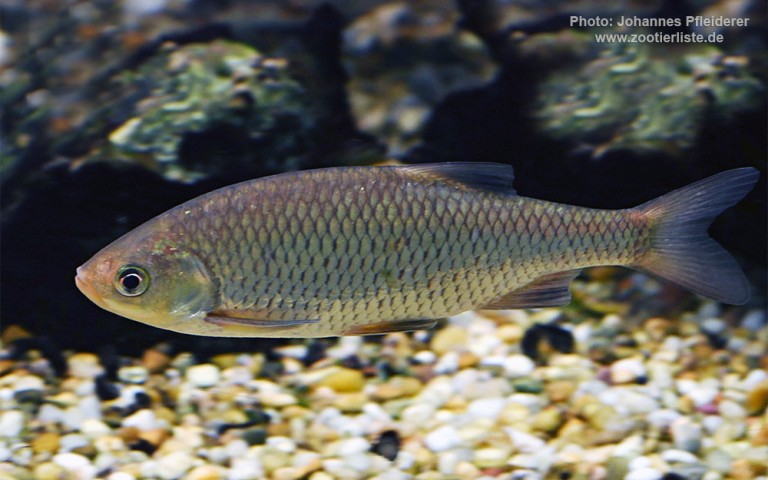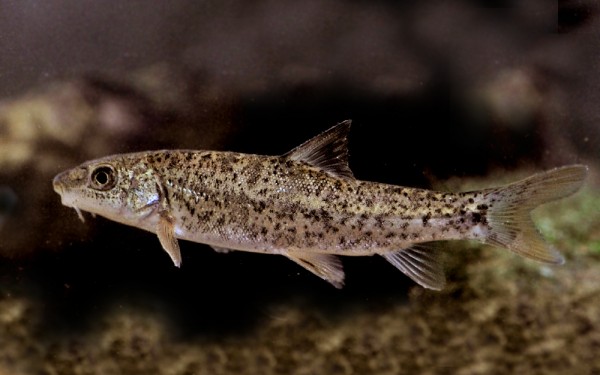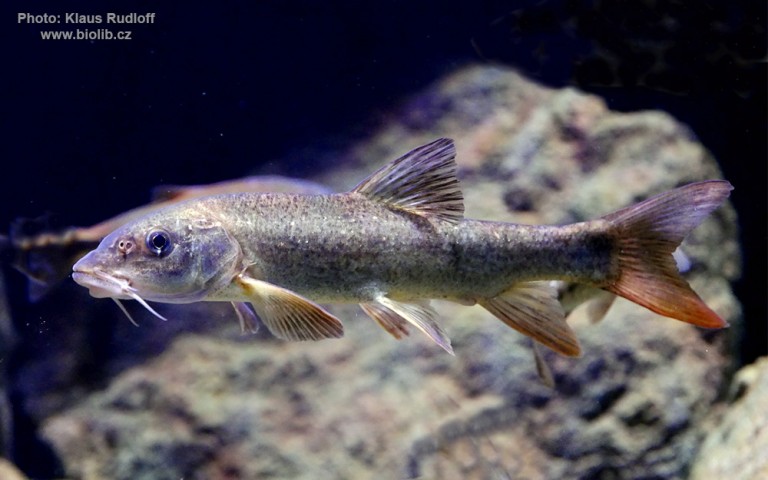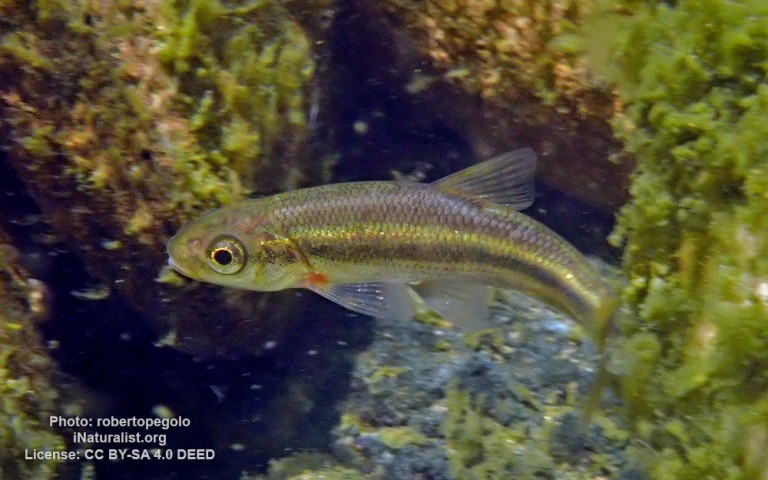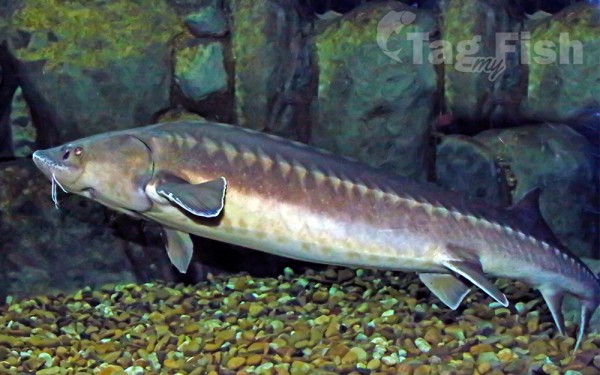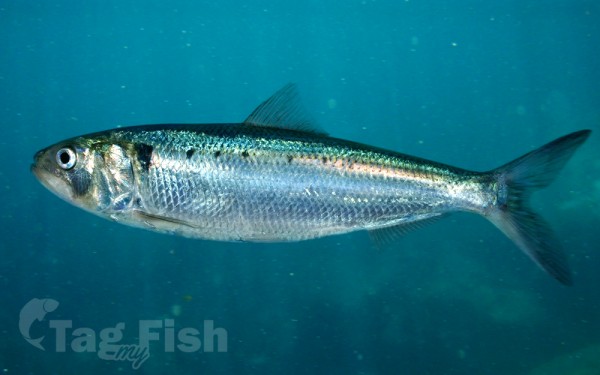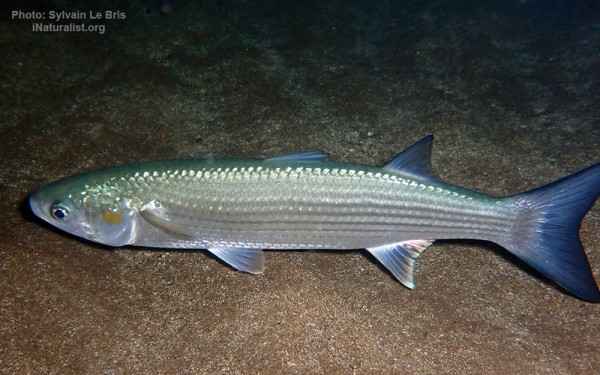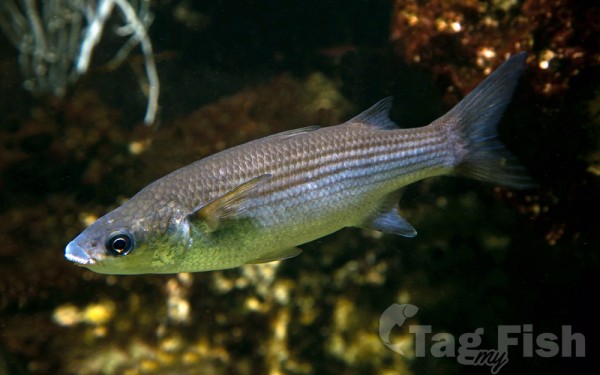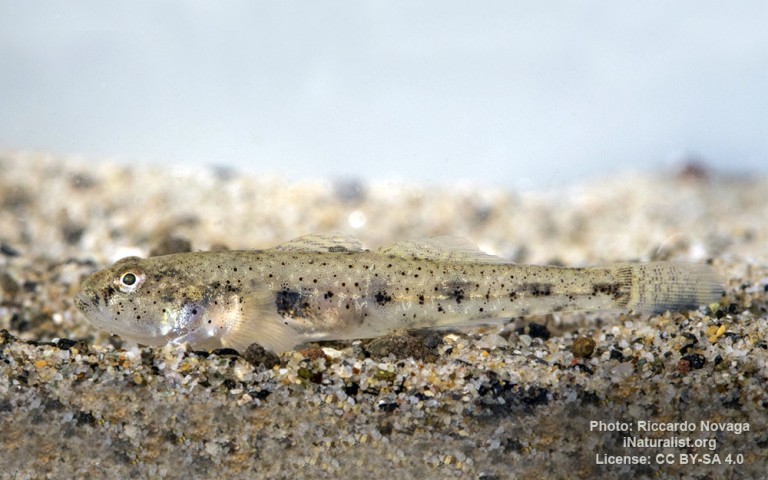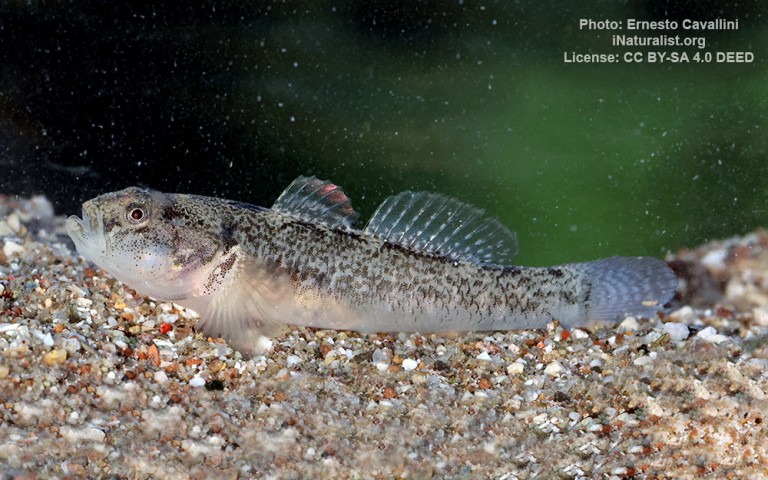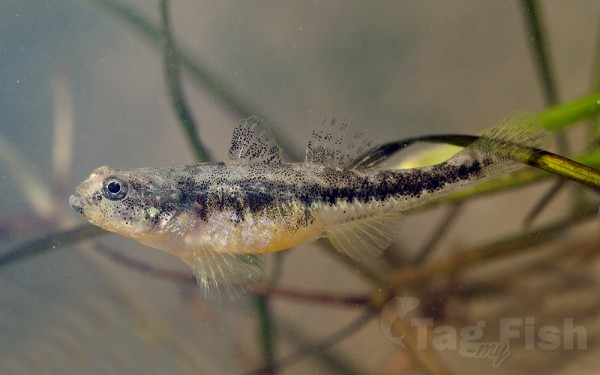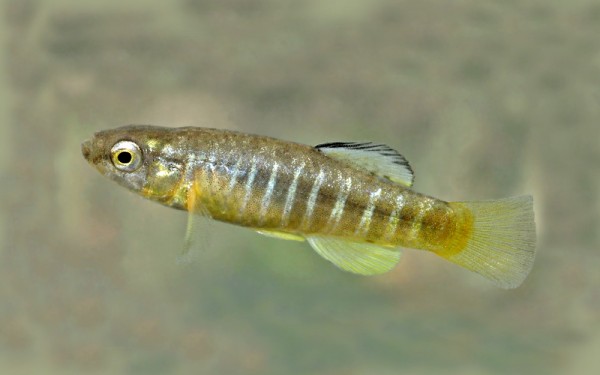Dora Baltea
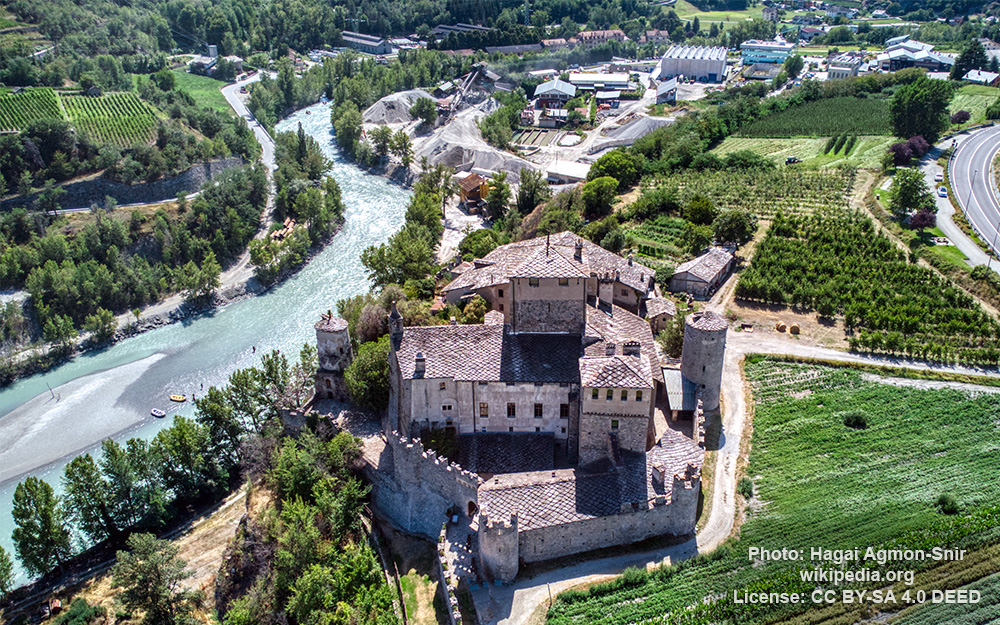
Perciformes - Perches
Salmoniformes - Salmons and Trouts
Esociformes - Pikes
Siluriformes - Catfishes
Cypriniformes - Carps
Acipenseriformes - Sturgeons and Paddlefish
Gadiformes - Cods
Clupeiformes - Herrings
Mugiliformes - Mullets
Blenniiformes - Blennies
Gobiiformes - Gobies
Cyprinodontiformes - Toothcarps
Perciformes - Perches
Salmoniformes - Salmons and Trouts
Esociformes - Pikes
Siluriformes - Catfishes
Cypriniformes - Carps
Acipenseriformes - Sturgeons and Paddlefish
Gadiformes - Cods
Clupeiformes - Herrings
Mugiliformes - Mullets
Blenniiformes - Blennies
Gobiiformes - Gobies
Cyprinodontiformes - Toothcarps
Dora Baltea is a river in northwestern Italy. It is a left-hand tributary of the Po and is about 170 kilometres (110 mi) long.
It originates by Mont Blanc as the confluence of the Dora di Ferret, fed by the Pré de Bar Glacier in Val Ferret, and the Dora di Veny, fed by the Miage Glacier and Brenva Glacier in Val Veny.
As it crosses the Aosta Valley, the Dora Baltea flows through the city of Aosta (where the Buthier runs into it) and near all the main cities of the lower Aosta Valley: Châtillon, Saint-Vincent, Verrès and Pont-Saint-Martin. After it enters Piedmont, it passes through the city of Ivrea and a good part of Canavese, gets from its right hand the waters of the Chiusella and reaches the Po at Crescentino, a little downstream from Chivasso.
It is a popular place for whitewater rafting and kayaking. Early in the summer, in May and June, the rivers are usually high with snow melt from the mountains. During July, August and September the water levels are usually lower and the temperature warmer.
